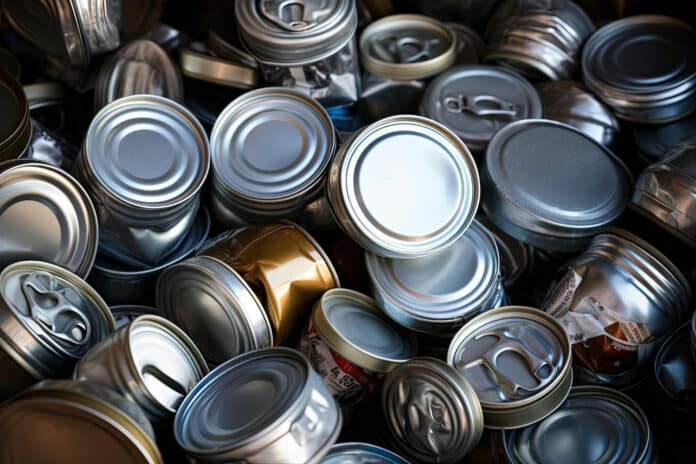A new project led by Cornell University aims to utilize carbon dioxide emissions and residue from aluminum recycling to create high-value products. This is a significant development as aluminum recycling is a carbon-heavy process that contributes to greenhouse gas emissions.
The two-year project called INSPIRE (Integrated and Sustainable Pathways for CO2 Capture and Mineralization with Recovery of High-Value Metals) has received funding of $2.5 million from the U.S. Department of Energy’s Office of Fossil Energy and Carbon Management that supports research to create carbon management technologies and applications that will reduce carbon dioxide emissions and address the impact of climate change.
“Aluminum recycling is carbon intensive,” said Greeshma Gadikota, associate professor of engineering and the principal investigator of the project. “We are developing chemical processes that can be coupled to recycling so that the overall recycling process emits less carbon dioxide.”
Making new aluminum initially takes a carbon footprint of more than four tons of carbon dioxide, even in regions that use hydropower. According to Climate Action, in coal-powered areas, it takes more than 20 tons of carbon dioxide to produce one ton of aluminum. This highlights the significant impact that the manufacturing of aluminum has on the environment, particularly in regions that rely on coal power.
In the U.S., the post-consumer scrap secondary recycling market carries a carbon footprint of a half-ton of carbon dioxide per one ton of aluminum, according to the group. This is due to the collection, transportation, sorting, and remelting processes involved.
Additionally, the process of smelting recovered aluminum creates dross, a byproduct that contains impurities.
Cornell and its partner institutions are working on developing an energy- and material-efficient technology, which will be used to recover calcium and magnesium carbonate from dross, a byproduct. The project also aims to extract other valuable metals, including nickel and cobalt, by employing carbon dioxide emissions.
